Introduction
If you’ve ever picked up a bottle of Napa Valley wine and felt overwhelmed by the label, you’re not alone. With a mix of technical terms, vintage details, and regional classifications, wine labels provide a wealth of information—but only if you know how to read them. Learning to decode these labels helps wine enthusiasts make better choices and deepen their appreciation for Napa’s world-class wines.
Breaking Down a Wine Label
A typical Napa Valley wine label contains several important pieces of information:
- Winery Name: The brand or producer responsible for making the wine.
- Grape Variety: Identifies the dominant grape used (e.g., Cabernet Sauvignon, Pinot Noir, Sauvignon Blanc).
- Appellation (Region): Specifies the growing area, such as Napa Valley AVA or sub-appellations like Rutherford or Oakville.
- Vintage Year: Indicates the harvest year, which can impact taste and aging potential.
- Alcohol Content (ABV): The percentage of alcohol by volume, affecting body and mouthfeel.
- Estate Bottled: Signifies that the winery controlled the entire winemaking process from vineyard to bottle.
- Winemaker’s Notes: Some labels include descriptions of the wine’s characteristics, tasting notes, or food pairings.
Understanding Napa Valley’s Wine Label Terminology
Wine labels may also include terms that indicate quality and production style:
- Reserve: Often suggests a higher-quality selection, though not legally regulated.
- Single Vineyard: Made exclusively from grapes grown in one vineyard, showcasing terroir influences.
- Blend vs. Single Varietal: Some wines list only one grape variety, while proprietary blends use a unique name instead of listing varietals.
- Organic & Sustainable Labels: Certifications like “Certified Organic” or “Sustainably Grown” indicate environmentally friendly practices.
Why Understanding Labels is Important
Knowing how to read a wine label allows you to:
- Select wines that suit your taste preferences.
- Understand vintage variations and their impact on flavor.
- Recognize wines with aging potential.
- Identify winemaking techniques and vineyard origins.
Conclusion
A Napa Valley wine label tells a story about the wine inside the bottle. By understanding its details, you can make more confident selections, appreciate the craftsmanship behind each bottle, and elevate your overall wine experience.


